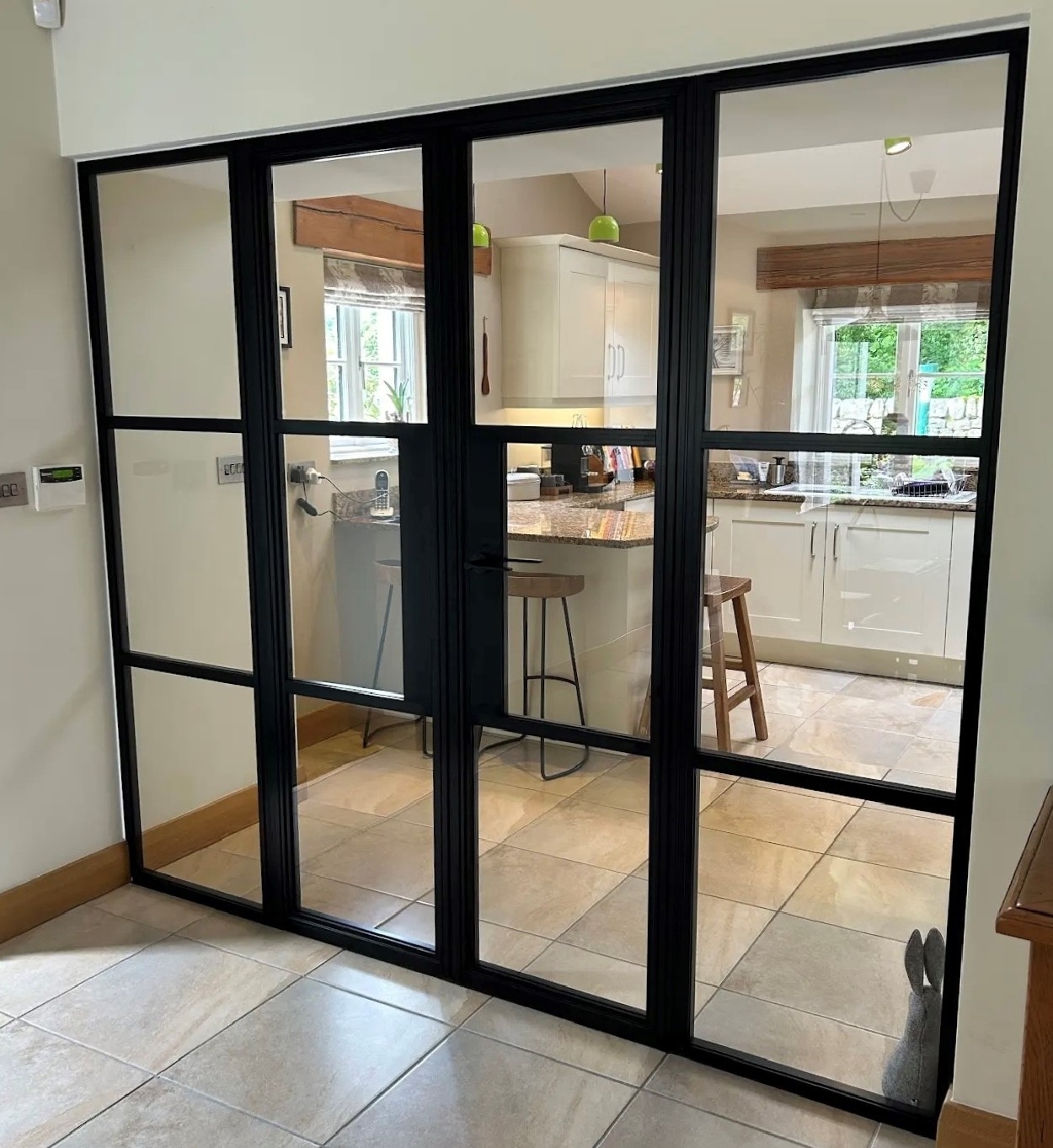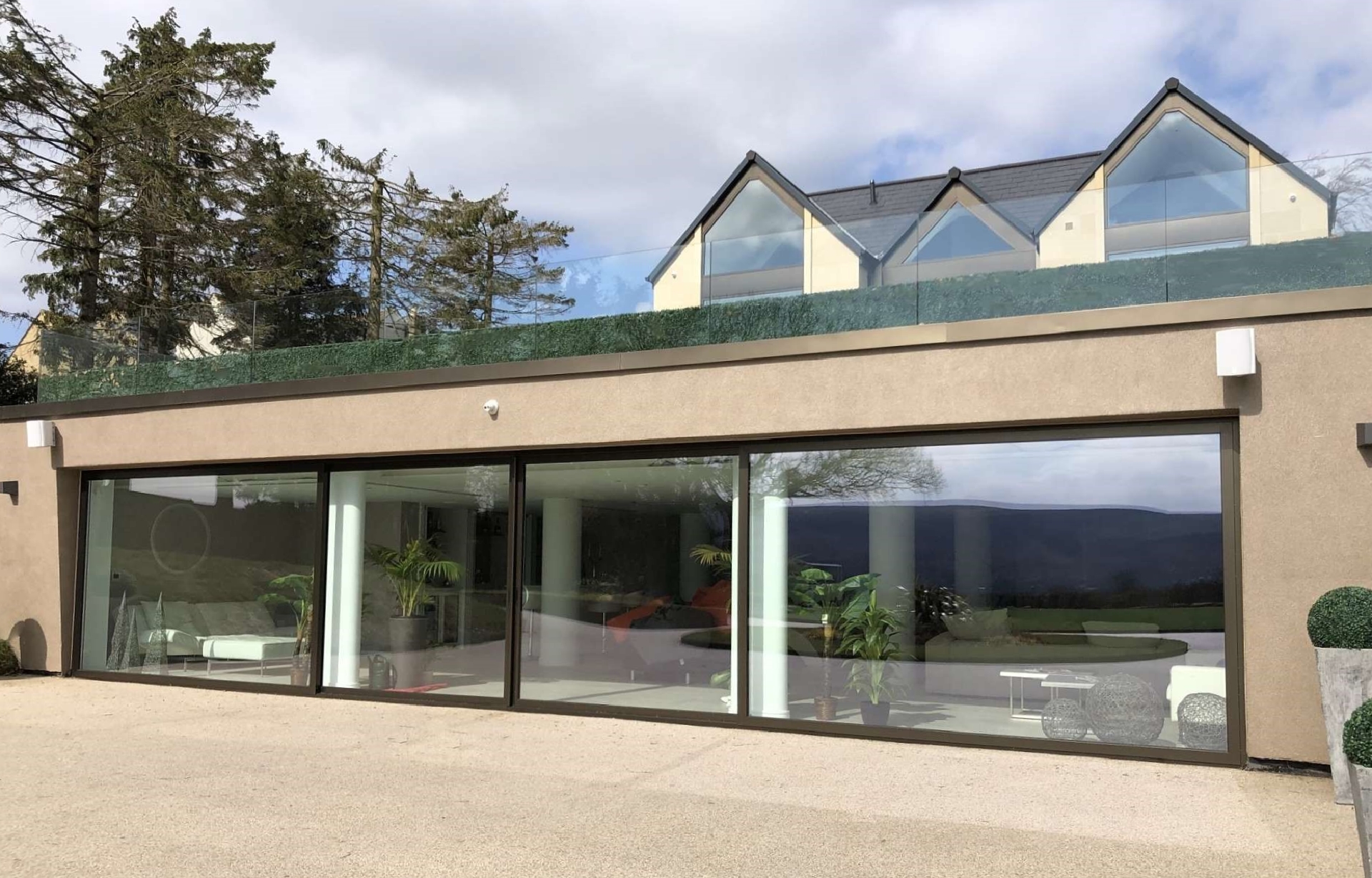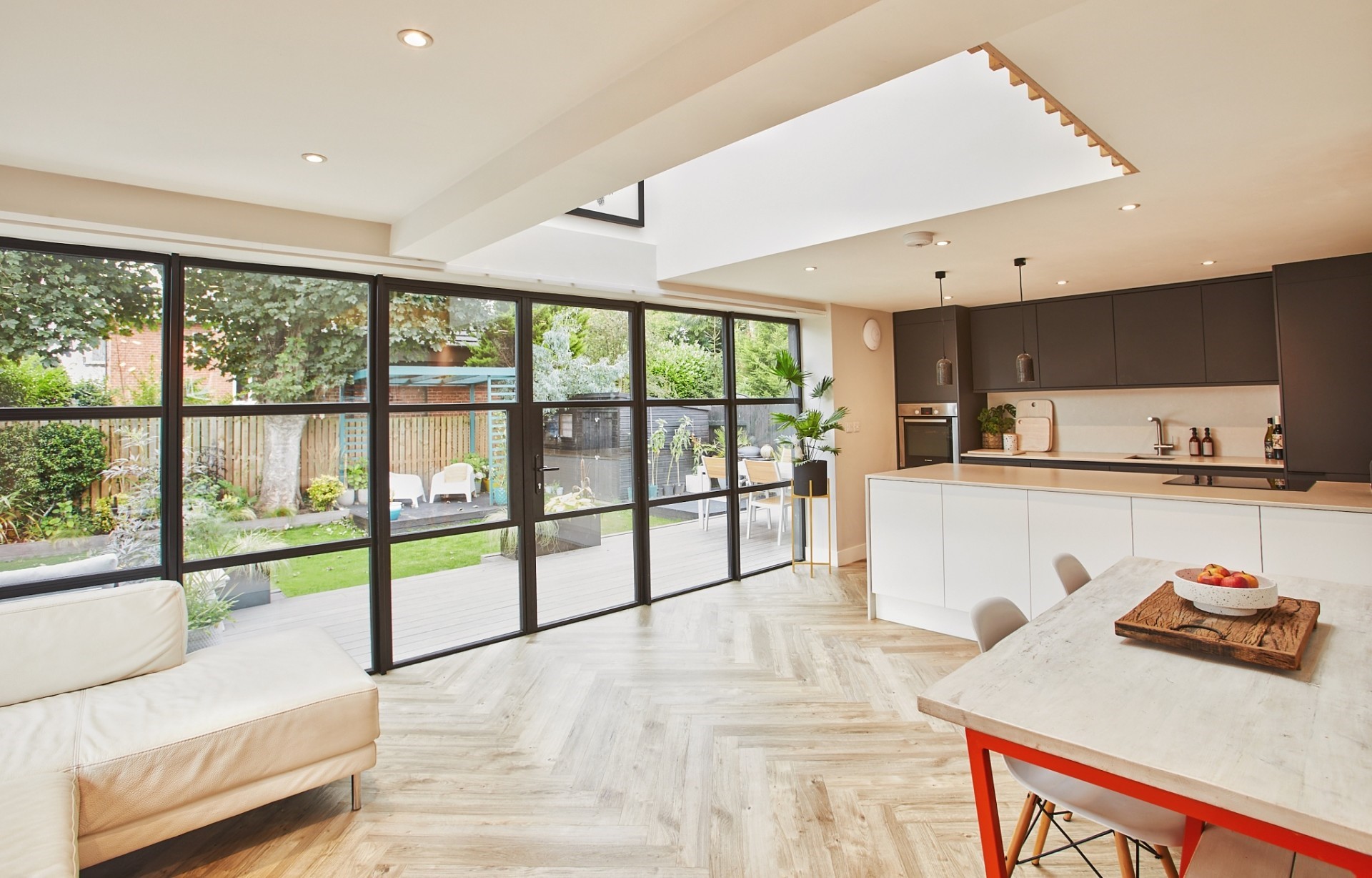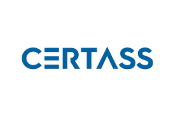This website uses cookies so that we can provide you with the best user experience possible. Cookie information is stored in your browser and performs functions such as recognising you when you return to our website and helping our team to understand which sections of the website you find most interesting and useful.
New to windows and doors?
Welcome to the Marlin Windows Jargon Buster
Understanding the jargon
Here’s a brief guide to some of the common terminology and considerations that you may come across as you select your new windows and doors:
U-values
U-values are a measure of how good a material is as an insulator. Quite simply the lower the U-value, the better insulator.
Security rating
Most window and doors will be certified to PAS 24 – essentially this means that the manufacture of the product has been monitored by an accredited certification body. It’s worth noting though that this is a minimum standard – it doesn’t include higher or lower grades for security.
We only use Avocet ABS diamond rated locks in all of our door systems. ABS is the only security cylinder which has the TS007 3 STAR rating, SS 312 Sold Secure Diamond and Secured by Design accreditation combined – Keeping you, and your home, safe and sound.
Weather Performance
As part of the building ‘envelope’, windows and doors contribute to its overall weather performance, including its resistance to water ingress and its air-tightness. Manufacturers test their window and door systems to make sure they meet the required performance standards.
Window Energy Ratings (WER)
The Window Energy Rating (WER) scheme provides a measure of a window’s energy-efficiency. The system is based on a simple A+ to G scale (with A+ being the most energy-efficient) and is similar to the scheme that operates on white goods and light bulbs.
Building Regulations: Document L and Document Q
Your installer will be able to answer any questions you have on Building Regulations, but there are two key elements of the regulations which affect windows and doors:
- Document L: covers the insulation values of building elements
- Document Q: covers the key security requirements for buildings
Glass Options
A wide range of glass options are available for your window and door system, with double and triple glazing, self-cleaning, gas-filled, anti-glare, coated, decorative and energy-efficient units just some of the options! We are here to help you with any questions and to select the most suitable unit for your home.
UKCA Marking (replaces CE Marking)
The UKCA (UK Conformity Assessed) marking is a new UK product marking that is used for goods being placed on the market in Great Britain (England, Wales and Scotland). UKCA Marking replaces the European CE Marking directive for any applicable products that are or will be placed in the GB market.
Sight Lines
What is the difference between narrow and wide sightlines?
A Sightline is the amount of window frame you see when you are looking directly at it. Narrow sightlines mean slimmer frames and conversely wide sightlines means thicker frames.
What are equal sightlines?
It is quite common to have a multiple insert window in which some of the inserts are fixed and some open and close. The opening windows have a frame around them that will not normally line through with the adjacent fixed windows. This is known as having unequal sightlines.
It is possible to design the window in such a way that the frames of the fixed windows do line through with opening windows. This more aesthetically pleasing solution is known as having equal sightlines.
This is achieved by making the insert as if it were an opening window, but instead of adding a lock and a handle, the window is left without hardware and is screwed shut. It will come as no surprise that this tends to be a little more expensive option than having unequal sightlines.


Latest projects

INTERIOR HERITAGE DOORS
Interior Heritage Doors, Settle, North Yorkshire

CONTEMPORARY WINDOWS
Stunning New Build – Ilkley

HERITAGE WINDOWS
Heritage Windows and Doors – Roper Avenue Leeds
Want to learn more
Speak with our experts now.







